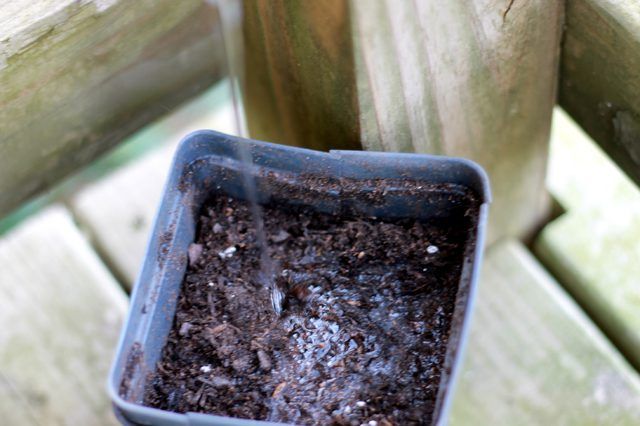Bulbs
Flower Basics
Flower Beds & Specialty Gardens
Flower Garden
Garden Furniture
Garden Gnomes
Garden Seeds
Garden Sheds
Garden Statues
Garden Tools & Supplies
Gardening Basics
Green & Organic
Groundcovers & Vines
Growing Annuals
Growing Basil
Growing Beans
Growing Berries
Growing Blueberries
Growing Cactus
Growing Corn
Growing Cotton
Growing Edibles
Growing Flowers
Growing Garlic
Growing Grapes
Growing Grass
Growing Herbs
Growing Jasmine
Growing Mint
Growing Mushrooms
Orchids
Growing Peanuts
Growing Perennials
Growing Plants
Growing Rosemary
Growing Roses
Growing Strawberries
Growing Sunflowers
Growing Thyme
Growing Tomatoes
Growing Tulips
Growing Vegetables
Herb Basics
Herb Garden
Indoor Growing
Landscaping Basics
Landscaping Patios
Landscaping Plants
Landscaping Shrubs
Landscaping Trees
Landscaping Walks & Pathways
Lawn Basics
Lawn Maintenance
Lawn Mowers
Lawn Ornaments
Lawn Planting
Lawn Tools
Outdoor Growing
Overall Landscape Planning
Pests, Weeds & Problems
Plant Basics
Rock Garden
Rose Garden
Shrubs
Soil
Specialty Gardens
Trees
Vegetable Garden
Yard Maintenance
How to Grow a Buckeye Tree From a Seed
How to Grow a Buckeye Tree From a Seed. When you remove the husks of buckeye fruit (Aesculus spp.), the enclosed seeds appear to be looking back at you. As their namesake implies, buckeye seeds resemble male (buck) deer eyes. The seeds are viable, which means you can grow more buckeye trees if you follow a little attention to detail when you sow...
When you remove the husks of buckeye fruit (Aesculus spp.), the enclosed seeds appear to be looking back at you. As their namesake implies, buckeye seeds resemble male (buck) deer eyes. The seeds are viable, which means you can grow more buckeye trees if you follow a little attention to detail when you sow them.
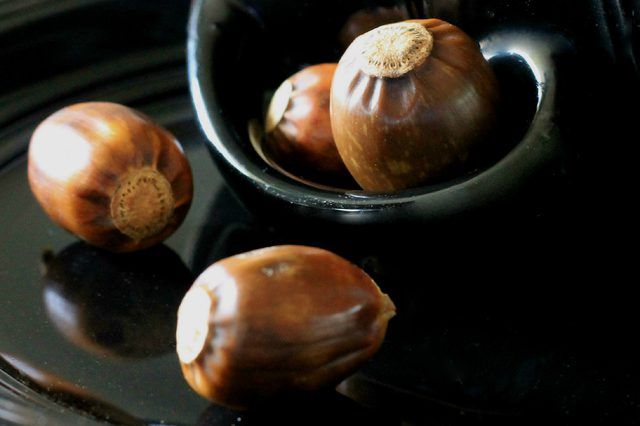
Depending on species, buckeye trees grow in U.S. Department of Agriculture plant hardiness zones 3 through 8. Allow buckeye fruits to ripen naturally on the trees, and collect them from the ground as soon as they fall, which typically is in October. Because the seeds need to be sown immediately, de-husk the fruits and remove the seeds. You can sow them directly in the ground or in outside containers as long as you leave them outside for the winter, because buckeye seeds need a winter chilling period to germinate properly. Sow the seeds 1 to 2 inches deep in moist, well-draining soil.
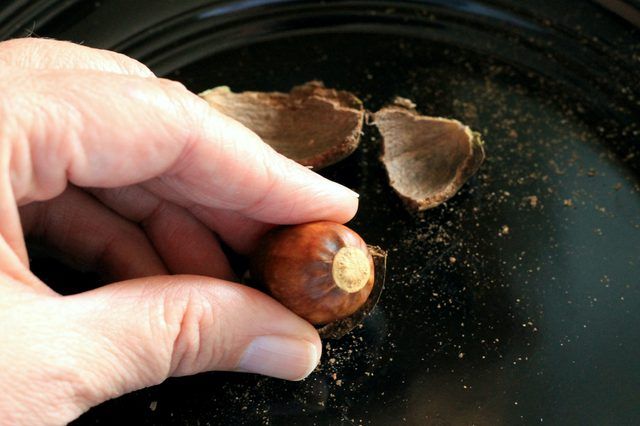
An alternative to sowing seeds outside is a process called stratification, which uses refrigeration to simulate natural winter conditions. Immediately after you collect buckeye seeds, place them in a plastic bag that contains moist sphagnum peat moss. Place the bag inside your refrigerator and chill for three months. Ohio buckeye (Aesculus glabra), which grows in USDA zones 3 through 7, responds better to a four-month stratification period. Check inside the bag occasionally to make sure the peat moss stays moist but does not become soggy. Sow seeds outside in spring.
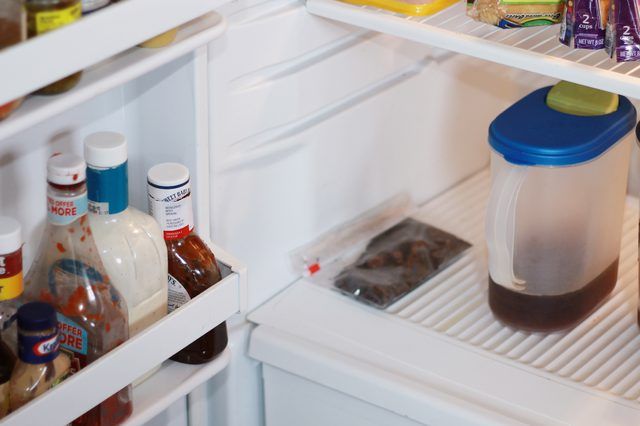
Choose a permanent site when you sow buckeye seeds, because some species, such as Ohio buckeye and yellow buckeye (Aesculus flava), a perennial in USDA zones 4 through 8, grow taproots and are difficult to transplant. Most buckeye trees prosper in rich, moist soil as understory plants that receive partial shade, particularly yellow buckeye, whose foliage may scorch if you plant it in full sun. Regardless of species, buckeye trees need soil that drains well, because the roots may rot on waterlogged sites. Most buckeye species flourish in slightly acidic to neutral soils, although California buckeye (Aesculus californica), which grows in USDA zones 7 and 8, prefers soil that is highly acidic to slightly alkaline. Space your buckeye seedlings with the mature height of your particular tree species in mind. For example, yellow buckeye has a mature spread of up to 50 feet, but California buckeye only grows to 30 feet wide.
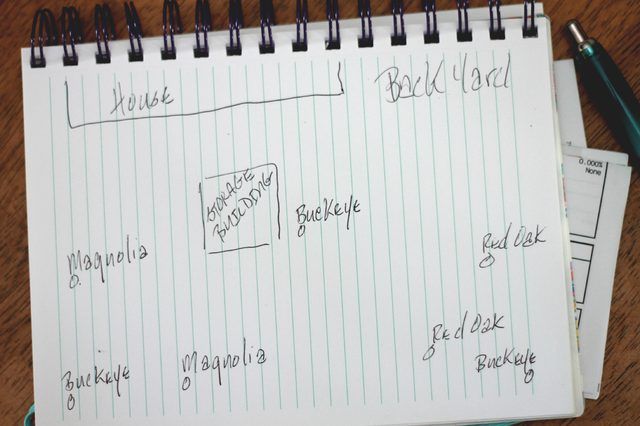
After you sow buckeye seeds, use a starter fertilizer that promotes good root formation, such as a water-soluble 10-30-20 formulation. Typically, mix 2 tablespoons of fertilizer in 1 gallon of water and apply at the rate of 1/2 to 1 pint per plant every two weeks or according to label directions. Because buckeye trees are not suited for drought conditions, make sure the seedlings do not dry out. Water established trees to a depth of 1 inch per week during times of insufficient rainfall.
